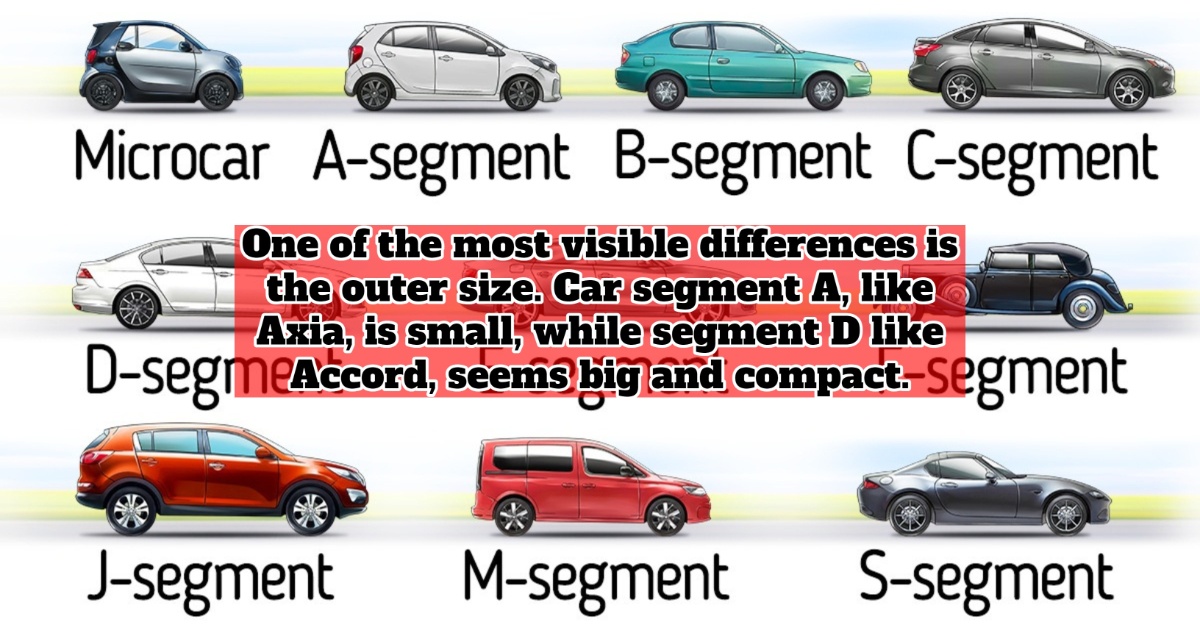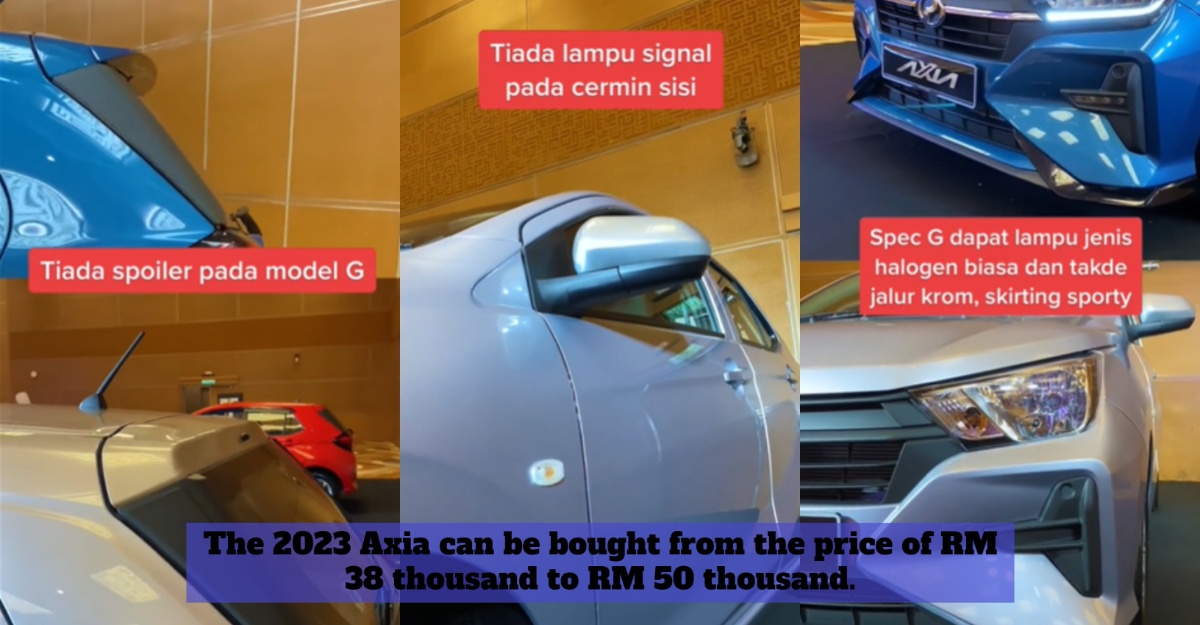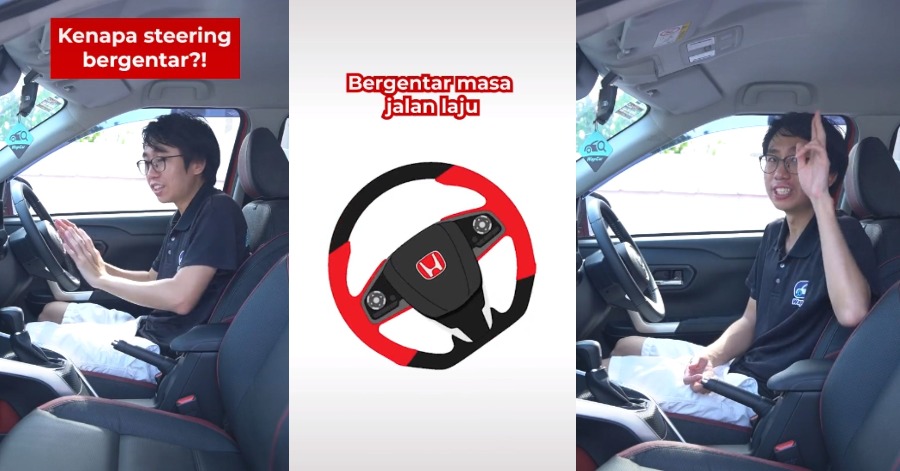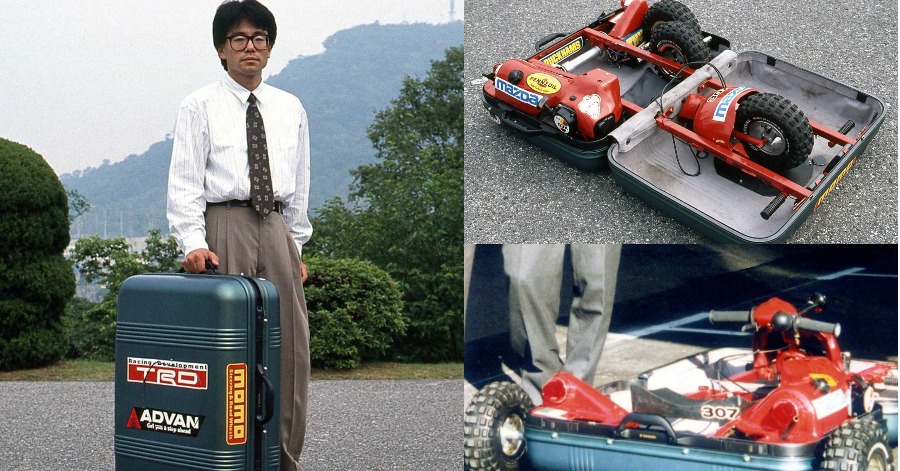Owning a car is one of many dreams people have. It’s a necessity because a car helps people to commute easily. However, there are concerns about owning a car. For instance, which model is the best and most affordable? And what are the differences between car segments A, B, C, and D?
One of the most visible differences is the outer size. Car segment A, like Axia, is small, while segment D like Accord, seems big and compact.
Look at these differences in a car
1) Engine and transmission
Each segment uses different engine sizes. It varies from its cubic capacity and power production. Not only that, but electric cars adopt this trend by using a larger segment. It uses higher battery power and has more motors.
Additionally, cars with bigger segments are complete with new engine technology. They have combustion technology which is cleaner, more powerful and saving.
Segments A and B commonly use 4-speed automatic transmission, 6-speed automatic transmission and CVT (Continuously Variable Transmission).
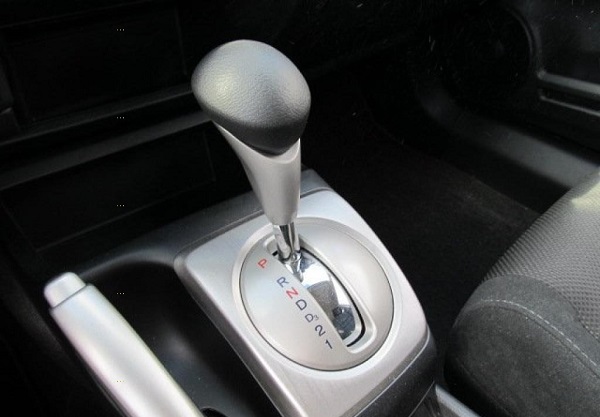
For bigger and pricey cars, a 6-speed automatic transmission is common, followed by a 7 or 8-speed automatic transmission, and 7 or 8 double klac speed. Yet, for some car brands, the engine technology is combined with hybrid electrification. This technology produces more power.
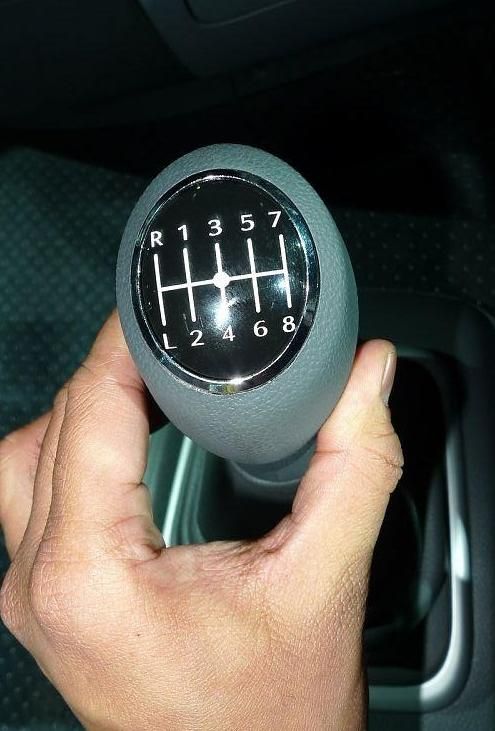
2) Cesi system
The systems consist of the steering, brake and suspension, and every car is different. Usually, expensive cars use more advanced hardware and software. Segment A’s steering often has low feedback. If the car accelerates to a higher speed, the driver needs to concentrate 100% on their driving.
Generally, segment A uses a drum-like back break. More expensive cars have a disc-like brake at the back tyre. Additionally, a more expensive car has an electronic brake system that includes Auto Brake Hold and Agile Handling Assist.
Segment A uses a suspension called a simpler torsion beam. It is complimented with a stabilising bar. For the more expensive segments, they use double wishbone or MultiLink.

3) Safety
Segments A and D use a smart automated brake system. However, the difference is the package that the system offers.
For instance, Myvi and Vios only have pre-impact warnings and pre-impact brake warnings. Moreover, these models have other safety aspects like Lane Departure Alert.
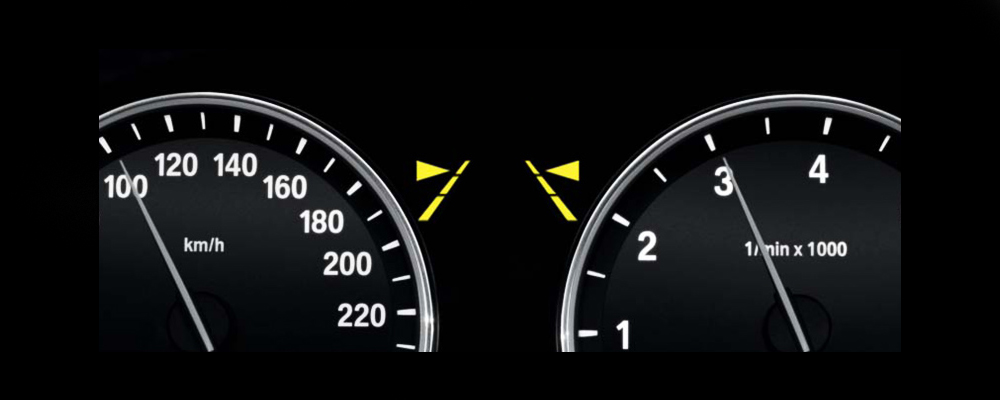
Camry has additional aspects like Lane Departure Alert with Steering Assist, Dynamic Radar Cruise Control and Automatic High Beam.
Ativa deserves praise as it comes with all the safety aspects of an expensive car. It includes Adaptive Driving Beam.
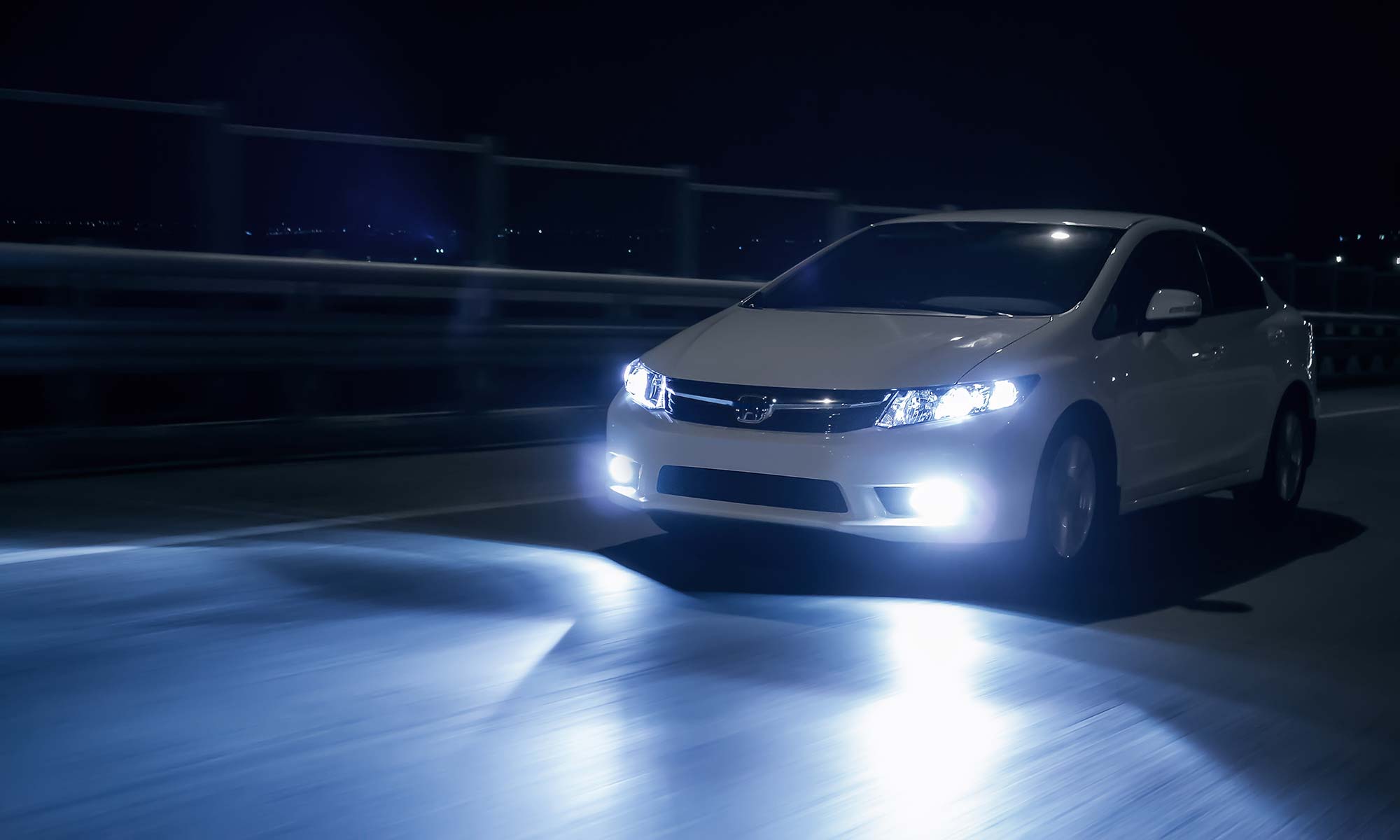
4) NVH (Noise Vibration and Harshness)
Segment D cars have a soundproof system. It also comes with a specific technology that is noise-cancelling. Segment A has little soundproof ability.
When driving a segment A car, loud noises from the tyre, air and engine can be heard. Furthermore, users of segment A can feel the vibration from the steering to their seats. It’s because this segment uses 3 cylinder engine that isn’t harmonious.
Next, segment D cars absorb shock better than segment A. They have a better suspension component and rubber lining that absorbs vibration and shock.
5) Ergonomic
These days, everything has to be ergonomic. It’s a new way of living. However, not all car designs follow this specification.
Car segment A doesn’t emphasise the driver’s comfort while driving. It’s because segment A is an affordable car. That’s why the ergonomic aspect isn’t profound.
Its contrasts with segment D cars that are worth more than RM100,000. Of course, those cars give a comfortable experience for the driver.
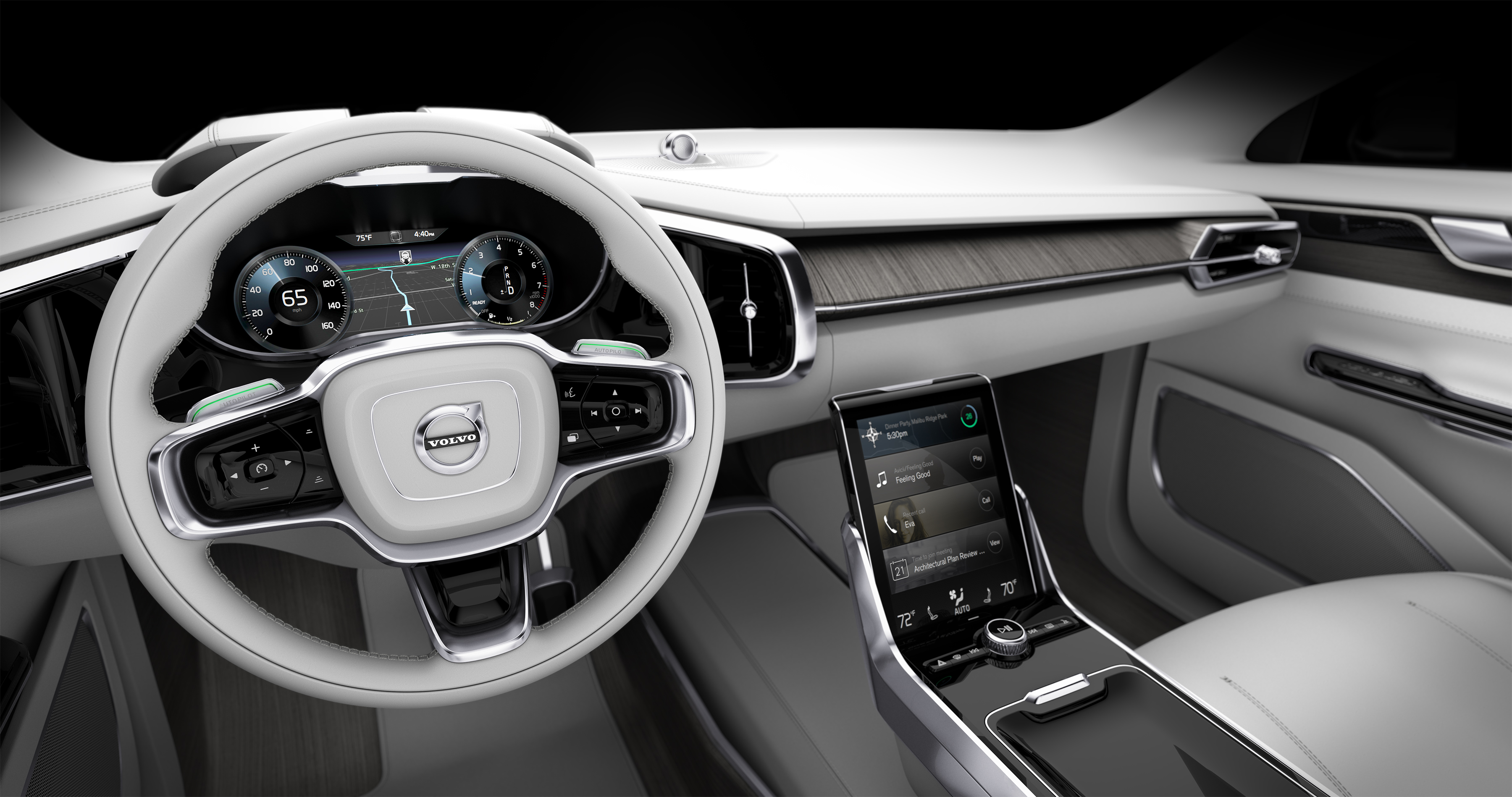
Source: Mekanika

